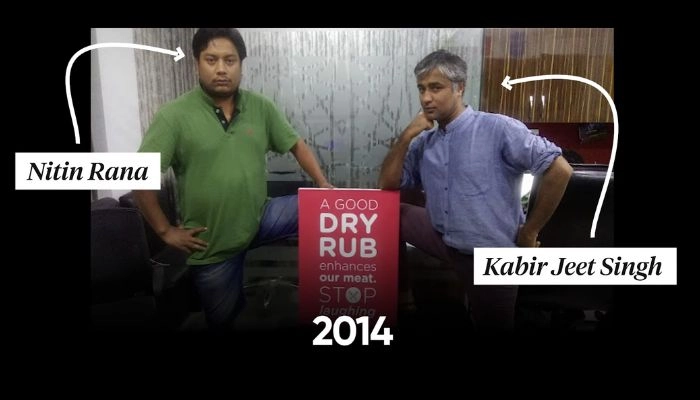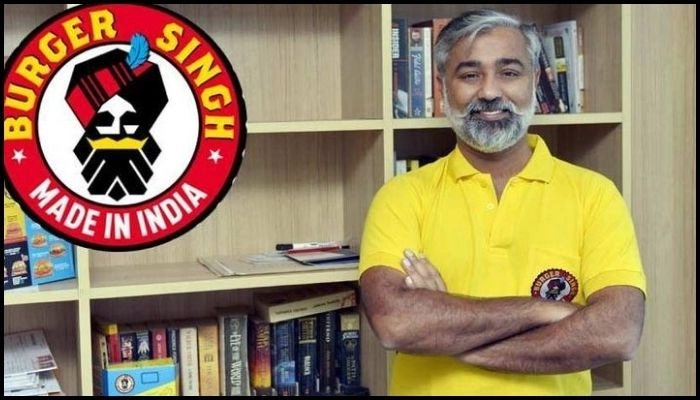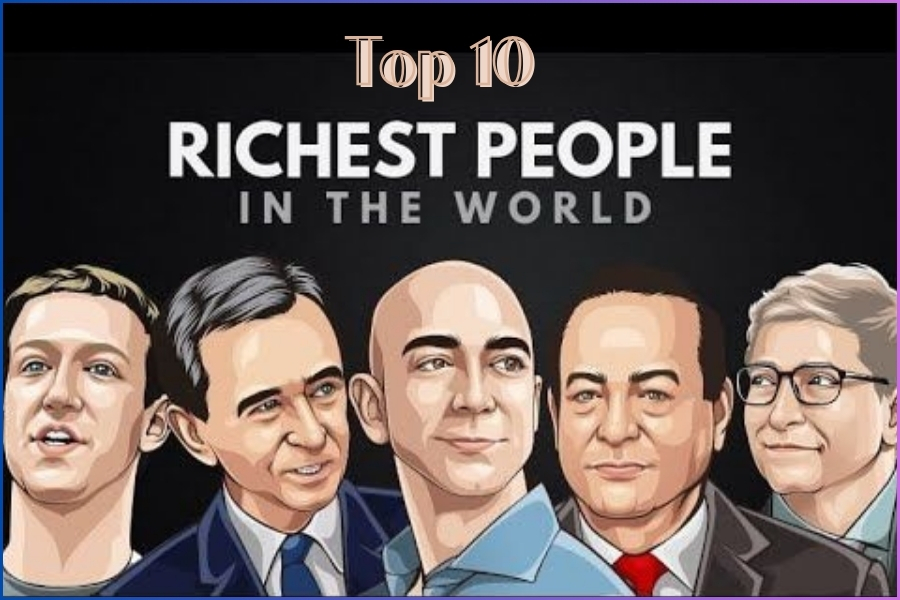Burger Singh Success Story: This 430 CR Burger chain makes more than 100 CR a year in revenue and is stealing market share away from McDonald’s and Burger King in India. In the last 10 years, Burger Singh has become India’s largest domestic burger chain, with more than 175 outlets in 75+ cities.
In the moving world of fast food chains, standing out requires a touch, and Burger Singh has certainly achieved that. This Indian fast food brand has taken the nation by storm with its burgers infused with Indian flavors. Starting from the beginning to becoming a known name in households, Burger Singh’s journey is truly inspiring. Let’s delve deeper into the story of how this flavorful brand rose to fame.
The Origin of Burger Singh
In 2007, Kabir Jeet Singh, an Indian MBA student, found himself struggling with cash and had to work side hustles. He worked at a burger restaurant and discovered that the burgers didn’t have the desi masala he was used to. Inspired by his Punjabi heritage, he mixed a spice mixture into his burger patties and shared it with the restaurant.

The customers loved his Fusion burgers, which were even featured on menu specials at one of the restaurants, and they gave him the name “The Burger Singh.” After that, he decided to disrupt the FNB space in India. In 2014, he started Burger Singh with Nitin Rana, a childhood school buddy who had worked for QSR brands like Pizza Hut, DJF, and KFC. Rana was an operational expert and the best co-founder Kabir could have asked for.
The first seeds of Burger Singh were sown in a 500 sq ft store in Gurgaon, Sun City. Despite its size, this outlet served as the starting point for something bigger.
Three months after opening its doors, Burger Singh achieved a milestone by breaking even. This early success laid the groundwork for expansion and growth.
The Recipe for Success:
At the heart of Burger Singh’s triumph is its dedication to innovation and catering to palates.

1. Product quality and quantity
Kabir’s core product philosophy was to differentiate from big chains like McDonald’s and Burger King. To differentiate, he focused on product quantity and quality, as Indian consumers value value for money. He researched buns, patties, and sauces carefully and chose the right suppliers. Initially, he aimed to serve the best desi gourmet burgers, but later realized that Indians value filling meals and wanted burgers to be 20% bigger.
The bigger the burger, the better it was. Kabir also understood that quality was important to Indians, and in 2014, there was no Swiggy or Zamato to provide 20-minute deliveries. To prevent soggy burgers, Kabir worked with food technologists to create moisture barriers to prevent juices from slipping into the lower bun, ensuring a good experience and preventing return orders.
1. Solid standardization and good suppliers
Kabir Singh, founder of Burger Singh, emphasized the importance of solid standardization and good suppliers in building a QSR business. He believed that a QSR business is an assembly line with at least 100 outlets, where most food is already frozen and supplied to all outlets. Kabir focused on execution and hiring the right staff, choosing the best vendors from Bombay, Hyderabad, Punjab, and Bihar. He also cracked the secret to variety, as more options lead to customers trying at least one basic variant.
To promote the identity of Burger Singh as the Desi Burger, Kabir started a menu of 28 different burgers, representing each Indian state with one burger. This unique menu included unique burgers like “The Chicken United States of Punjab” and “Amritsari Murgh Makhani Burger“, which customers found interesting and decided to try. Kabir also cracked the secret to product insights, allowing him to make informed decisions about his business.
1. The price-pivot
Burger Singh initially focused on their remote delivery side, charging higher prices than competitors like McDonald’s and Burger Kings. However, Zamato and Swiggy disrupted this delivery model, forcing Burger King to pivot and transition from a premium to an affordable brand. They started charging 8% less for 20% bigger burgers and launched crazy offers, such as the cheapest burger at 39 rupees and complimentary fries for 1 rupee. This opened doors to a new market that even McDonald’s and other QSR brands wouldn’t focus on.
Burger Singh Expanding Horizons:
Building on their success Burger Singh embarked on an expansion journey. Starting from the beginning, the brand quickly grew to include 175 outlets in 75+ cities across India. This rapid growth reflected the brand’s popularity and acceptance among customers.

Taking a step into the market, Burger Singh tested the waters by opening a pilot franchise in London. Leveraging the popularity of cuisine, this move marked an important milestone in establishing Burger Singh as a key player in the global fast food industry.
Kabir Jeet Singh The Visionary Leader:
Driving Burger Singh’s growth is Kabir Jeet Singh, a visionary known for his successful ventures.
With a foundation in strategy acquired at the University of Oxford, Kabir Jeet has played a crucial role in guiding Burger Singh’s direction with his strategic vision and innovative thinking. With an emphasis on being innovative, expanding their reach, and providing value to customers, Burger Singh’s journey is ongoing.

In a short span of time, Burger Singh has become a pioneer in the realm of fast food. Starting from origins to swiftly growing and setting goals, Burger Singh’s path showcases the impact of having a clear vision, fostering innovation, and showing unwavering determination.
Reflecting on the influence of Burger Singh reveals that they have not only created their space but have also made a lasting impression on the Indian fast food sector. With their menu offerings, dedication to quality, and unwavering commitment to customer satisfaction, Burger Singh is ready to continue its trajectory.
Key Takeaways from Burger singh
- Emphasizing innovation and adapting offerings locally are crucial for success in the fast food industry.
- Recognizing and meeting consumer preferences can lead to acceptance and popularity.
- Making gourmet experiences affordable can make them accessible to an audience.
- Thoughtful expansion strategies at home and abroad can pave the way for growth opportunities and brand recognition.
- A thinking leader with vision and strategic skills is vital for navigating challenges in a competitive market landscape.
In the coming years, Kabir Jeet imagines a future where Burger Singh will keep challenging norms and transforming the fast food landscape.

The creative mind behind your go-to blog for an engaging blend of entertainment, business, finance and Automobile. backed by four years of industry work experience. With a passion for storytelling and a knack for simplifying complex topics, Saif brings you insightful perspectives on the entertainment industry, dissecting the latest movies, while also providing practical insights into the business and finance realms.



